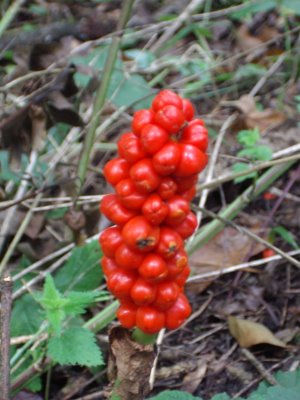
On my walk today, I noticed the late summer fruits are starting to appear. There are blackberries, of course, and also now sloes. The hedge at the bottom of the sloping meadow – the field edge nearest to the railway line – is always good for fruit. Keep an eye on it as we move into autumn.

I was walking about midday, and few birds and animals were in evidence. Apart that is from wood pigeons, with the distinctive papery crackle as they flap their wings. I heard a squirrel scampering in the trees above me, but I couldn’t see it.
I also saw some magpies. If you see one magpie, look for another – they’re very sociable birds. It’s supposed to be unlucky to see only one. Do you know the saying:
“One for sorrow, two for joy;
Three for a girl, four for a boy;
Five for silver, six for gold;
Seven for a secret, never to be told;
Eight for a wish, nine for a kiss;
Ten for a bird that’s best to miss.”
On the way back I saw several magpies together, pecking away near a tree. One magpie suddenly caught sight of a butterfly and decided to try to catch it. The butterfly promptly dodged round the tree, with the magpie in hot pursuit. This game of hide-and-seek went on for a few seconds, like something out of a Tom and Jerry cartoon, but finally the magpie won. He’d worked hard for his lunch…














